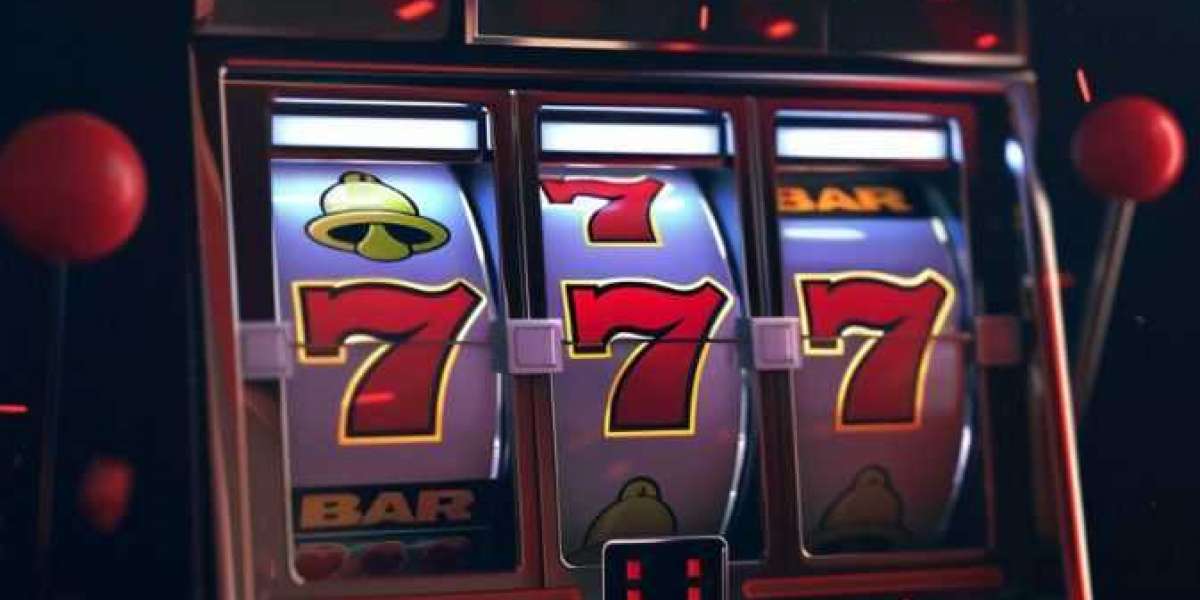This article will explore the historical development of these loyalty programs, their current state, and future trends, examining how casinos leverage loyalty schemes to attract and retain players.
1. The Origins of Casino Loyalty Programs
1.1 Early Days of Gambling
The roots of loyalty programs in casinos can be traced back to the early days of gambling establishments. In the 1950s and 1960s, casinos began offering complimentary items, known as "comps," to their high-stakes players as a way to attract them. This practice started in Las Vegas, where casinos recognized the value of rewarding players for their loyalty. Comps typically included free meals, drinks, or hotel accommodations, incentivizing players to return to the casino.
1.2 The Birth of Formal Loyalty Programs
As competition in the gambling industry intensified, casinos began to formalize their loyalty offerings. In the 1980s, the first structured loyalty programs emerged, utilizing a points-based system where players earned points based on their gambling activity. The more a player wagered, the more points they earned, which could be redeemed for various rewards. This structured approach marked a significant shift in how casinos approached customer retention.
2. The Rise of Technological Integration
2.1 Introduction of Player Tracking Systems
The introduction of player tracking systems in the 1990s revolutionized the way casinos operated their loyalty programs. These systems allowed casinos to monitor player behavior accurately, recording data on the amount wagered, the length of play, and the types of games played. Armed with this information, casinos could tailor their rewards and offers to individual players, creating a more personalized experience. Player tracking systems marked a turning point in the evolution of loyalty programs, moving them beyond simple comps to more sophisticated, data-driven systems.
2.2 Slot Machines and Card Readers
The integration of card readers into slot machines further enhanced loyalty programs. Players could insert their loyalty cards into the machines, allowing casinos to track their activity in real time. This not only made it easier for players to earn points but also encouraged them to use their cards consistently. The use of card readers expanded loyalty programs beyond table games, providing casinos with comprehensive insights into player behavior.
3. The Modern Era of Loyalty Programs
3.1 Tiered Loyalty Structures
Today's casino loyalty programs typically feature tiered structures, rewarding players for their engagement with increasingly valuable perks. Players can ascend through different levels based on their activity, with each tier offering unique benefits. For example, a basic member may receive standard rewards, while higher-tier members enjoy exclusive access to events, personalized service, and higher earning rates on points. This tiered approach creates a sense of competition and motivates players to gamble more to achieve higher status.
3.2 Cross-Industry Collaborations
Many casinos like bof casino have expanded their loyalty programs to include partnerships with hotels, airlines, restaurants, and entertainment venues. This cross-industry collaboration allows players to earn and redeem points across various sectors, enhancing the overall value of the loyalty program. For example, a player might earn points for dining at a partner restaurant, which can then be redeemed for free play at the casino. This not only encourages loyalty but also attracts a broader customer base.
3.3 Online and Mobile Integration
With the rise of online gambling and mobile gaming, casinos have adapted their loyalty programs to encompass digital platforms. Players can earn points for online gaming and participate in exclusive online promotions. Mobile apps now allow players to track their loyalty status, receive personalized offers, and access rewards from their smartphones. This integration enhances player engagement and provides a seamless experience across different gaming environments.
4. Personalization and Data Utilization
4.1 Enhanced Customer Segmentation
Modern loyalty programs utilize advanced data analytics to segment customers based on their gaming habits and preferences. This enables casinos to tailor rewards and communications to individual players. For instance, a player who frequently visits a specific game may receive targeted promotions or bonuses related to that game. This level of personalization fosters a stronger connection between players and the casino, enhancing loyalty.
4.2 Customized Offers and Promotions
Casinos now employ personalized marketing strategies to engage players effectively. By analyzing player data, casinos can send targeted offers and promotions through email or mobile apps. For example, a player who regularly participates in slot tournaments might receive exclusive invitations to upcoming events or special bonuses. These customized offers enhance the player experience and increase the likelihood of repeat visits.
5. The Role of Gamification
5.1 Engaging Players Through Gamification
Gamification has become an essential aspect of modern casino loyalty programs. By incorporating game-like elements, casinos create engaging experiences that encourage player participation. Features such as challenges, missions, and rewards for completing specific tasks enhance the overall gaming experience. For example, players may earn bonus points for completing a series of challenges, such as playing a certain number of games within a specific timeframe.
5.2 Social Features and Community Building
Many loyalty programs now include social features that allow players to connect with friends and share achievements. This social aspect fosters a sense of community among players, encouraging friendly competition and enhancing engagement. Leaderboards, for instance, can motivate players to increase their activity to climb the ranks and earn additional rewards.
6. Responsible Gaming Initiatives
6.1 Promoting Responsible Gambling
As awareness of problem gambling has grown, many casinos have incorporated responsible gaming initiatives into their loyalty programs. This includes providing resources for players who may need assistance and offering self-exclusion programs for individuals who recognize their gambling behavior may be problematic. By promoting responsible gambling, casinos not only protect their patrons but also enhance their reputation within the community.
6.2 Balancing Rewards and Responsibility
Casinos face the challenge of balancing the desire to reward players with the need to promote responsible gambling. Loyalty programs can encourage excessive gambling if not designed thoughtfully. As such, many casinos are implementing policies that limit the number of rewards a player can earn in a specific timeframe, promoting a healthier gambling environment.
7. Future Trends in Casino Loyalty Programs
7.1 Technological Advancements
As technology continues to evolve, casinos will likely invest in more sophisticated data analytics and tracking systems. Enhanced data collection will allow casinos to understand player behavior on a deeper level, enabling them to offer increasingly personalized experiences and rewards. For instance, artificial intelligence (AI) may be used to analyze player preferences and predict future behaviors, leading to tailored offers that enhance player engagement.
7.2 Virtual and Augmented Reality
The emergence of virtual reality (VR) and augmented reality (AR) technologies may also influence the future of casino loyalty programs. These technologies could create immersive gaming experiences that extend beyond traditional gaming. For instance, loyalty programs may incorporate AR experiences, where players can earn rewards by participating in interactive games or events within the casino.
7.3 Sustainability and Corporate Responsibility
As consumers become more socially conscious, casinos may adapt their loyalty programs to reflect a commitment to sustainability and corporate responsibility. This could involve offering rewards for environmentally friendly choices, supporting local communities, or promoting responsible gaming initiatives. By aligning loyalty programs with social values, casinos can appeal to a broader audience and foster deeper connections with their patrons.
8. Conclusion
The evolution of casino loyalty schemes reflects the changing landscape of the gaming industry. From the early days of simple comps to sophisticated, data-driven programs, loyalty schemes have become essential tools for attracting and retaining customers. As technology continues to advance and player preferences evolve, casinos must adapt their loyalty programs to remain competitive.
Understanding the history and trends in casino loyalty schemes can empower players to maximize their gaming experiences. Participating in loyalty programs allows players to enjoy a wide range of rewards while fostering a deeper connection with the casino. As the industry progresses, the future of casino loyalty schemes promises to be dynamic, innovative, and increasingly tailored to the preferences of individual players. By embracing these changes, casinos can enhance player satisfaction and build lasting relationships with their customers.





